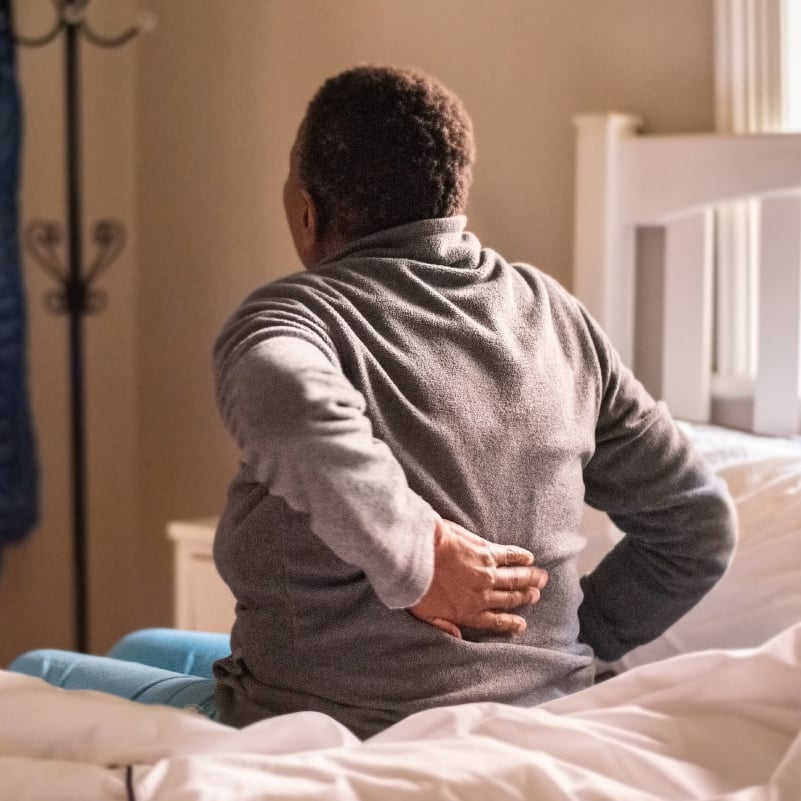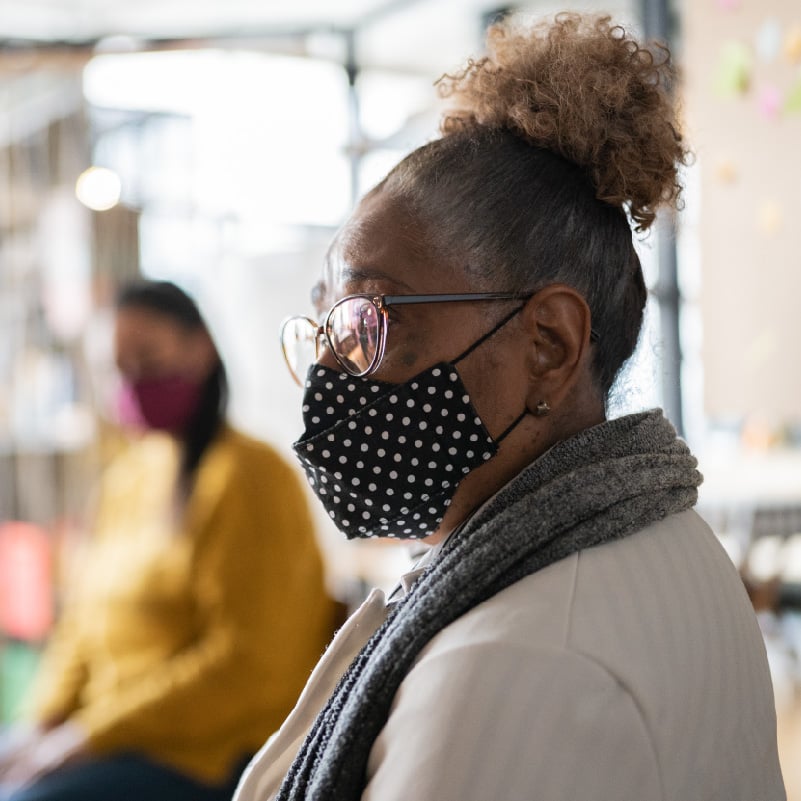Approximately one million people in the United States are living with Parkinson’s disease, according to the Parkinson’s Foundation. That number is expected to rise to 1.2 million by 2030.
An exact cause of Parkinson’s remains unknown, but researchers believe three factors are linked to the disorder: genetics, environment, and lifestyle. Recognizing early signs of Parkinson’s can help to get a person the support they need more quickly.
James Shou, MD, is a neurologist and movement disorders specialist with Rochester Regional Health’s Neuroscience Institute and shares more about the disorder, how to spot early signs, and potential treatment options.
What is Parkinson’s disease?
A brain disorder that primarily affects the body’s neurological system, Parkinson’s disease mainly causes uncontrollable or involuntary movements.
Men are more likely to be diagnosed with Parkinson’s than women, and individuals who are diagnosed are often over the age of 50. Genetics plays a significant role in approximately 10-15 percent of all cases – especially with early on-set Parkinson’s.
Symptoms of Parkinson’s begin to display slowly and grow more severe over time. While the disorder itself is not fatal, the symptoms can cause complications that may lead to serious health consequences.
The Parkinson’s Foundation describes four main indicators for the disorder:
- Tremors
- Slow movement (bradykinesia)
- Rigid limbs
- Trouble balancing
Currently, there is no cure for Parkinson’s disease. However, there are a variety of treatments and therapies to help individuals with this disorder to manage their symptoms and protect their quality of life.
Potential signs of Parkinson’s
There are several indications that could point toward someone having early signs of Parkinson’s. Symptoms can be subtle and slow to progress – but are often noticeably different from a person’s usual behavior.
Tremors
Often happening while at rest, small tremors or shaking movements will start in an individual’s fingers, thumbs, or chin. As time goes on, the tremors may increase in severity.
Smaller writing
Individuals who write down words on paper may start writing smaller than they have in the past. Handwriting might also become closer together, appearing more crowded.
Difficulty walking
Some individuals may need to exert more effort in order to walk because they feel stiff in their arms, legs, or body. If stiffness in the limbs does not subside as the day goes on, this may be something to which you want to pay closer attention.
Stooping over
If someone begins to walk in a hunched or stooped manner, this could be an early indication of Parkinson’s. Leaning or hunching forward more frequently while moving is another possible sign.
Loss of smell
Progressively losing the ability to smell or taste certain foods could be an indicator of Parkinson’s. This can be a sign of COVID-19, as well, so taking a rapid antigen test and checking with your primary care provider is a good idea.
Difficulty sleeping
Some movement while asleep is normal for most individuals. But sudden spurts of thrashing or acting out dreams may be a sign of Parkinson’s.
Softer talking
Other people may notice a much quieter tone or hoarseness that starts to set into a person’s voice. Changes in the volume or clarity of a person’s voice is another early indication of Parkinson’s.
Constipation
Not being able to have bowel movements can be part of getting older. However, if this starts to happen on a daily basis, it might be a cause for concern – especially when paired with some of the other symptoms mentioned above.
“Experiencing one or two of these symptoms may not be concerning to some people, but when several start to occur at the same time, reach out to your primary care provider to seek out their professional opinion,” Dr. Shou said.
Diagnosis and treatment
According to the Parkinson’s Foundation, a primary care provider is one of the first health care professionals to make a Parkinson’s diagnosis. The first step in diagnosing an individual means taking some of the previously-listed symptoms into consideration.
The diagnosis is usually confirmed using a neurological examination performed by a movement disorder specialist. At Rochester Regional Health, these specialists work closely with other specialists throughout the health system to tailor a plan of care for individuals and their specific needs.
While Parkinson’s does not yet have a cure, there are many types of therapy, treatment, and support available for individuals living with this movement disorder.
“No two people have the same course of treatment for Parkinson’s,” Dr. Shou said. “Movement disorder specialists work with patients to create an individualized plan that focuses on their unique symptoms and the best ways to treat those symptoms.”
A wide range of treatment options are available, such as:
- physical therapy
- occupational therapy
- speech therapy
- exercise
- medications
- surgeries
People living with Parkinson’s disease, as well as their loved ones, may also find it helpful to join a Parkinson’s support group. Small gatherings like these can provide individuals with access to a network of providers within the healthcare system who can help to educate patients and caregivers.









